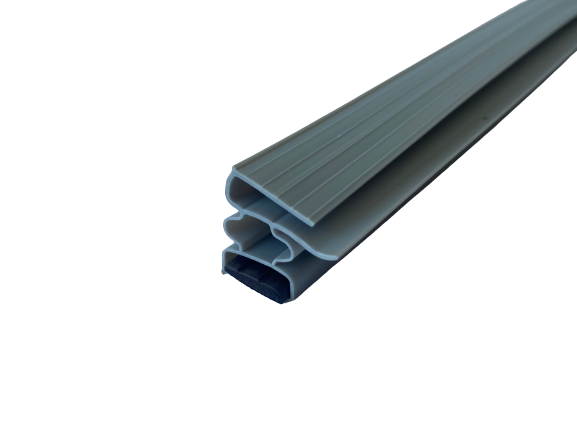Дек . 04, 2024 16:40 Back to list
Windshield Strips for Enhanced Aesthetics and Protection of Your Vehicle
The Windshield Strip A Closer Look at Functionality and Aesthetics
When it comes to automotive design, aesthetics and functionality often go hand in hand. One aspect that may seem minor but plays a crucial role in both areas is the windshield strip. This seemingly unassuming feature, sometimes overlooked, is essential for both the practical use of the vehicle and its visual appeal. In this article, we delve deep into what the windshield strip is, its various functions, and how it impacts the overall look of a car.
Understanding the Windshield Strip
The windshield strip, commonly known as the frit or black band, is a line of black paint or a band of material located around the edges of the windshield. Primarily, this strip is made of ceramic paint that is baked into the glass during manufacturing, making it highly durable against the elements. Its primary purpose is to provide a rough surface for adhesives used in securing the windshield frame, ensuring a strong and lasting bond.
However, the windshield strip is more than just a functional part of auto maintenance. It plays a significant role in the car's overall aesthetics. The contrast of the black band against the clear glass creates a sleek, streamlined look, enhancing the vehicle's design. Furthermore, this strip often serves as a fading gradient, creating a seamless transition from the solid color of the vehicle to the transparent surface of the windshield.
Functionality of the Windshield Strip
windshield strip

1. Protection from UV Rays One of the primary functional benefits of the windshield strip is its role in minimizing sun damage. The darker band of paint reduces the amount of direct sunlight entering the car, protecting interior materials and passengers from harmful UV rays. This can also help maintain a comfortable temperature inside the vehicle during hot weather.
2. Temperature Regulation The windshield strip helps control temperature by adding a layer of insulation at the edges of the windshield. It helps to reduce the chances of thermal shock when the glass is exposed to extreme temperature changes—such as moving from a hot environment to air conditioning. By regulating the temperature, it helps maintain the integrity of the windshield, reducing the risk of cracks or shattering.
3. Aesthetic Appeal Beyond functionality, the visual aspect of the windshield strip is undeniable. Vehicle manufacturers often design the width and pattern of the strip based on the overall styling of the car. A wider strip may convey a more rugged look, while a thinner strip can enhance a vehicle's sleekness. This attention to detail elevates the car’s overall aesthetic appeal.
4. Glare Reduction While driving, glare from the sun can be particularly hazardous. The windshield strip aids in reducing the glare that may distract drivers and hinder visibility. This strip effectively creates a barrier, assisting drivers in maintaining focus on the road and enhancing overall safety.
Conclusion
The windshield strip may be small, but its importance cannot be overstated. Serving dual purposes of functionality and aesthetics, it enhances the structural integrity and visual appeal of vehicles. As automotive technology continues to evolve, the role of the windshield strip will likely adapt, potentially incorporating new materials and designs that further enhance its capabilities. In an era where both performance and style are paramount, the windshield strip remains a significant element of automotive design that unifies these two often-competing aspects. Understanding the multifaceted role of such a seemingly simple feature can enhance appreciation for the intricate design processes in modern vehicles. Whether you're a car enthusiast or an everyday driver, the windshield strip is a reminder that every detail counts in the world of automotive engineering.




